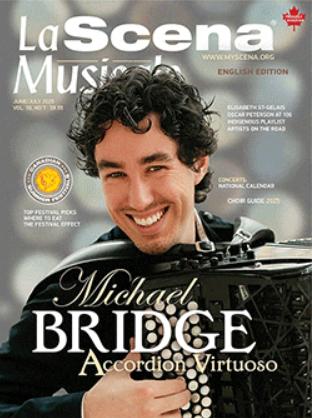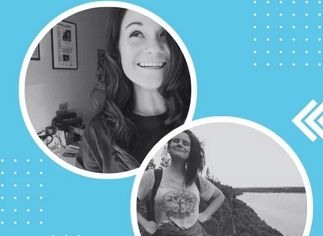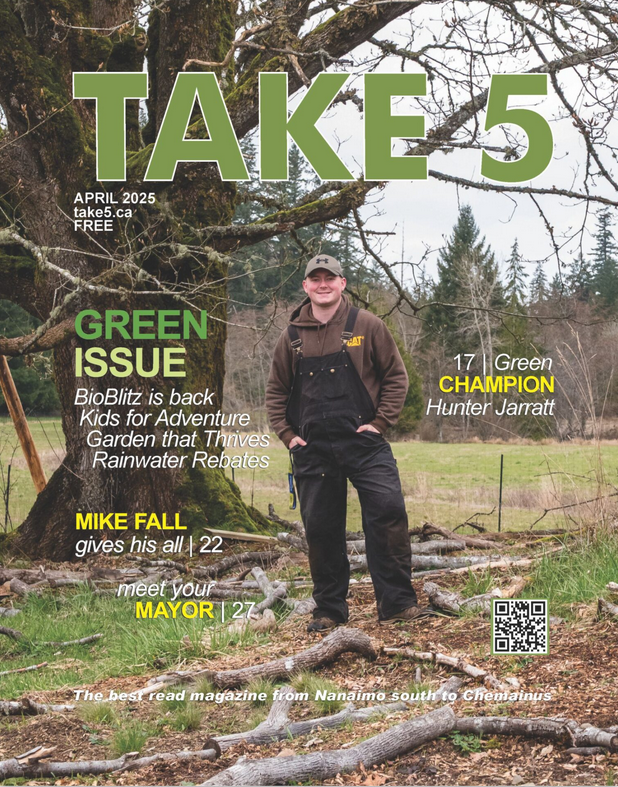Presentation by Matthew Blackett and Gabriel Roth.
Matthew Blackett, publisher and director of Spacing, shared his team’s process of creating a radio podcast. Steps, to identify:
- The goals of the podcast
- The success of the voice of the magazine
- The format for the podcast
Goals, to:
- Increase awareness of their brand
- Complement the magazine’s content with other relevant material,
- Keep their brand consistent
- Mimic the magazine’s editorial format and organization
- Monetize the product through advertising and sponsorship partners
Blackett outlined how Spacing added podcast production into their workflow, with magazine production and podcast production having parallel timelines, and the podcast producer involved in most steps of the magazine production process. The podcast producer also collaborates on picking the theme of the issue, selecting article submissions that could also be podcasts, etc.
Gabriel Roth, senior editor at Slate, spoke about the magazine’s membership program, Slate Plus, and how it’s helped monetize their podcasts. He talked about some of Slate’s podcasts—they have over 15 of them, and popular ones include the new “Trumpcast” and the advice podcast “Dear Prudence.” We got a taste of the variety of topics and formats podcasts can take, keeping in mind they can be heavily scripted, planned and edited, or they can just be a few people having casual conversations about politics, culture, etc.
In 2015 the Slate Group launched the Panoply Media podcast network to make their podcasting experience available to others. Panoply works with partners to develop, monetize and distribute podcasts. They look at everything from production to sales to technology.
Roth emphasized the importance of having a personality, with a voice and a following. Panoply has seen that reach and discovery can be major challenges when starting a podcast, even for well-known magazine brands. Magazines should leverage their resources to amplify the personality’s voice. For instance, a podcast host’s identity could be heightened by giving them a column or regular feature in the magazine.
It was stressed that it’s very difficult to monetize a podcast on its own, and Roth acknowledged that spending lots of time soliciting advertisers and sponsors can be more expensive than revenue-building. So, he advises magazines to:
- Use podcasts to build loyalty
- Sell podcast advertising as part of your ad package, i.e. combine print, web, event and podcast advertising into a bundle—a podcast is a great talking point for media and buyers
- Make podcasts part of your subscription offerings, i.e. something extra to entice your loyal audience
We then looked at Slate’s membership program and its “members-only” podcasts. For $49/year or $5/month, users each get a personal URL which they import into a podcast app. He acknowledged this process isn’t the greatest, and that Slate also has an iOS app which allows members to login and play their members-only podcasts immediately.
They offer bonus segments, exclusives, and series like Slate Academy. Slate does offer free podcasts as well—just as they offer their web content for free—but free users don’t get the extended content, exclusives and extras. Each free episode ends with a prompt to sign up for Slate Plus: “You can listen to the extended version of this episode by signing up for Slate Plus. Just go to the following link . . .” They’re getting plenty of subscribers, and an overwhelming majority renew their subscriptions—meaning they’re offering long-term value.
By Natasha Sanders-Kay
Inclusiveness in Publishing Initiative & Sponsorship Coordinator, Magazine Association of BC
Managing Editor, subTerrain magazine
MagsBC Board Member














